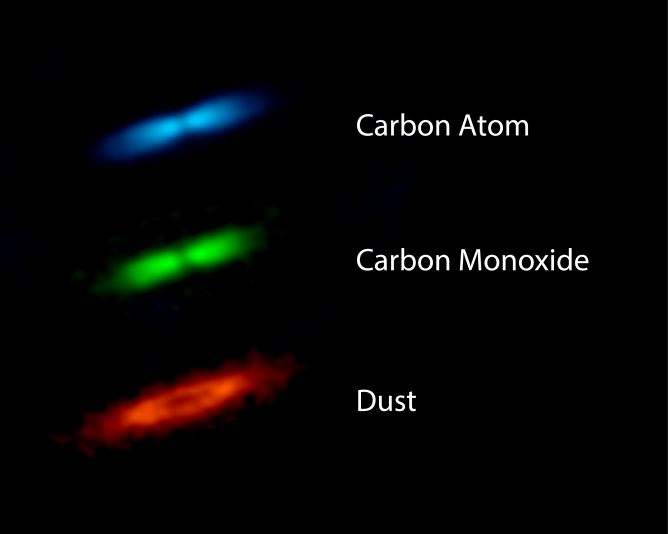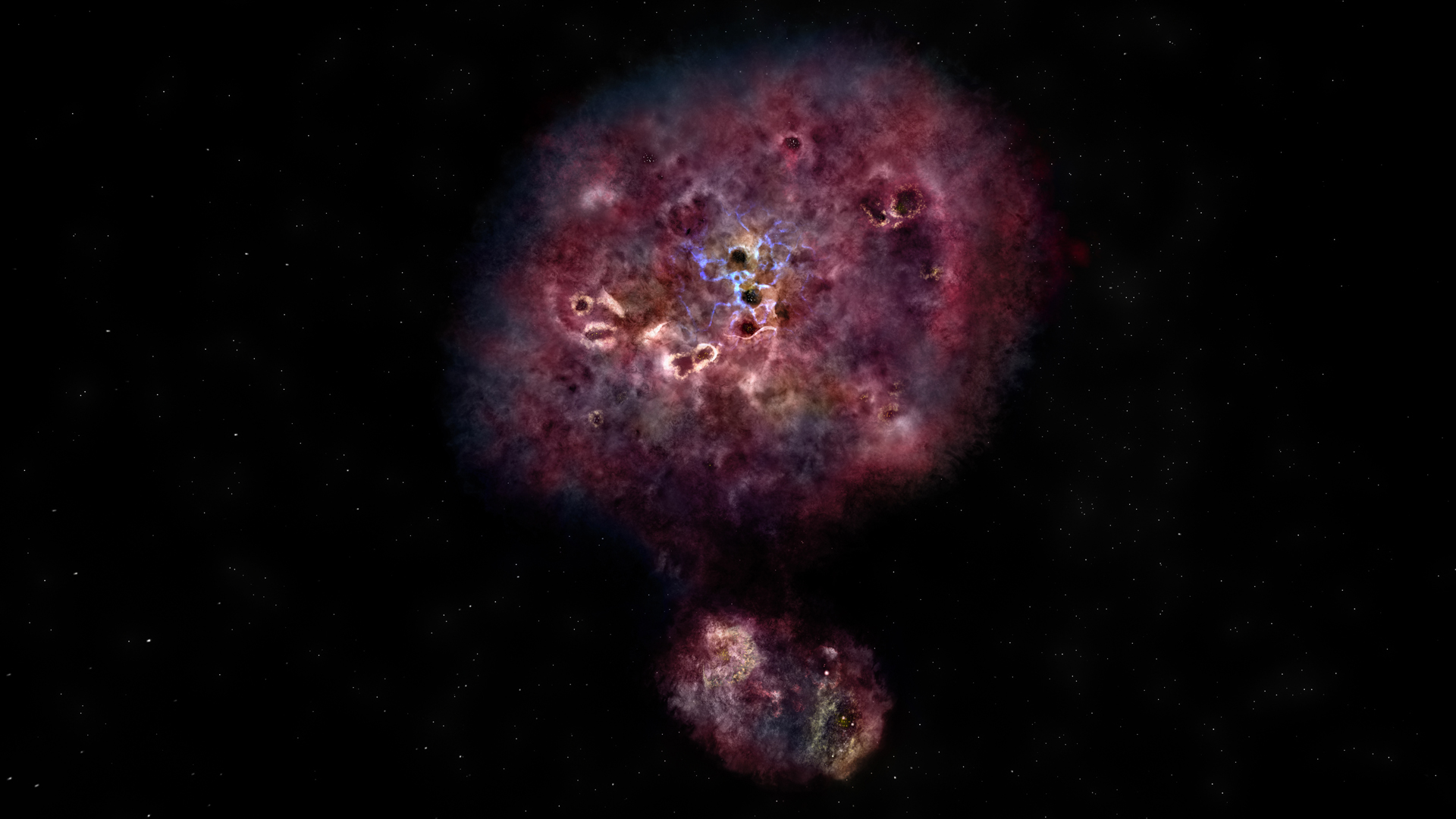
Credit: ALMA (ESO/NAOJ/NRAO), Higuchi et al.
Astronomers using the Atacama Large Millimeter/submillimeter Array (ALMA) found a young star surrounded by an astonishing mass of gas. The star, called 49 Ceti, is 40 million years old and conventional theories of planet formation predict that the gas should have disappeared by that age. The enigmatically large amount of gas requests a reconsideration of our current understanding of planet formation.
Planets are formed in gaseous dusty disks called protoplanetary disks around young stars...
Read More









Recent Comments